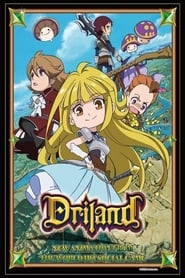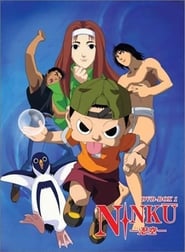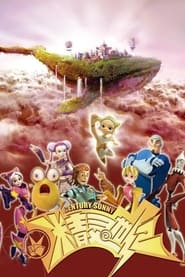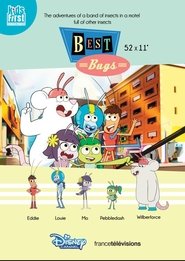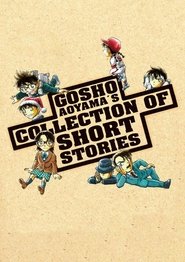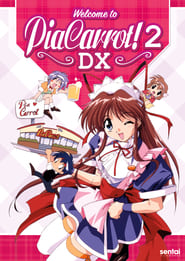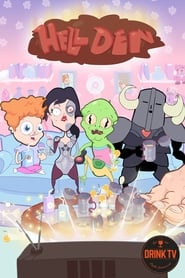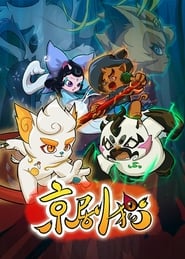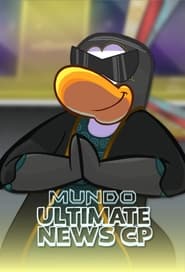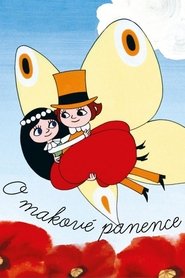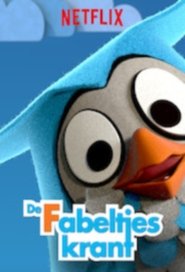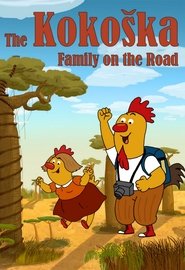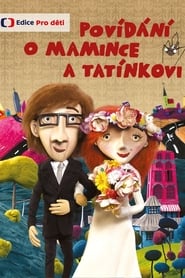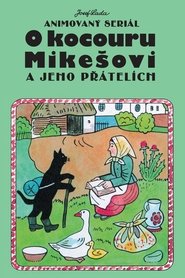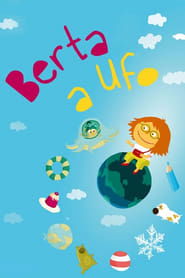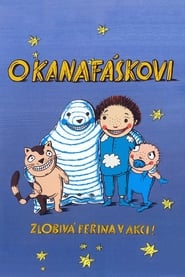Top Rated Animation TV Series on Pantaflix - Page 433
-
Driland
2012
Driland
2012
star 7In the medieval land of Driland, hunters explore ruins in search of treasures. Princess Mikoto dreams of one day becoming a hunter despite of her royal responsibility of one day assuming the throne of the country of Elua. Following the words of Bonny, an experienced hunter who is an inspiration to the future empress, Mikoto starts a journey with the desire to see the world and then come back to her homeland. -
Ninku
1995
Ninku
1995
star 8The story in Ninku is about an odd-looking 12-year-old named Fūsuke (Fūsuke of the wind) who is a powerful warrior from the Ninku school of martial arts, a style that mixes ninjutsu and karate. It is explained that before the present time in the story that those who could use Ninku were targeted by an evil empire and the Ninku corps were formed to combat the menace. The names of the corps were taken from the twelve Chinese zodiac animals (Eto) and each captain of the corps was called the zodiac animal Ninku master (Etonin). When the war was over, the Ninku were defeated and almost all of them were killed since they were useless and were also dangerous for the rulers. At the beginning of the story, three years later, Fūsuke, the young former captain of the 1st Ninku corps and controller of the wind and Hiroyuki, his flatulent penguin, start searching for the other Ninku captains... -
Insufficient Direction
2014
star 4This is the anime adaptation of Kantoku Fuyuki Todoki (Insufficient Direction), the first essay manga by the "queen of the manga world," Moyoco Anno. The comedic and heartwarming autobiographical story follows her everyday married "otaku lifestyle" with Hideaki Anno, "the founder of the otaku cult." -
Century Sonny
2006
-
Best Bugs Forever
2019
-
Welcome to Pia Carrot!! 2 DX
1999
star 8Kouji wants to work part-time, so, when he saw a cute girl with the Pia Carrot uniform, he tried to get a job there. When he's on the way, he accidentally bumped Azusa, and with some misunderstanding, they literally hate each other. What is the surprise of Kouji when he finds that she also got a job in the Pia Carrot, facing her daily. But as time passes, he will discover that 'hate' is not the appropriate word to describe his feelings... -
Hell Den
2019
Hell Den
2019
star 5Civilization has been obliterated but, somehow, a 12-year-old kid named Andrew has survived with his home (and the world’s last stocked liquor cabinet) intact. The TV still works, too, so he’s got some new friends over for a viewing party. It’s the last TV party on Earth and it’s pretty twisted. -
Jing-Ju Cats
2015
Jing-Ju Cats
2015
star 9Formally a paradise for all cats, the Cat Land Purpetua has been invaded and occupied by the dark lord AN, aided by his enslaved mutant monsters. The evil chaos reigns throughout the Purpetua and leads everything down to a wrong path. Only Jing-Ju Cats can overthrow An and resist the forces of evil chaos. A cat named LIL'PAI from the Clangour Town was once rescued by a Jing- Ju Cat at a very young age. He swore to be a great Jing-Ju Cat when he grows up. Once in a fight with monsters, he met the descendants of Jing- Ju Cats WU, ZAD and JEAN, and started to learn Kung Fu from their master Tang Ming and Granny GIN. The young LIL'PAI had neither blue blood nor outstanding talents. However, because of his amazing endeavor and the will of never giving up, he had succeeded through many trials and tribulations. LIL'PAI and his fellow Jing-Ju Cats rejoin forces to defeat the evil threat, reclaim their home and restore the peace in their land. -
Mundo Ultimate News Cp
2018
star 6In a vast and mysterious multiverse with fantastic alternative realities, a metaphysical entity has a whole plan behind it, in order to protect the timeline of an island using a book that can see the past, present and future as if it were a full script. -
O makové panence
1972
-
Daily Fables
2019
Daily Fables
2019
star 2A diverse group of animals faces the joys and challenges of living together in the woods in this collection of tales narrated by a wise and witty owl. -
Kokoškovi na cestách
2019
-
O Mikešovi
1978
-
Berta a Ufo
2007
-
Whited Nighttime
2018
-
O Kanafáskovi
2004
 Netflix
Netflix
 Amazon Prime Video
Amazon Prime Video
 Apple iTunes
Apple iTunes
 Apple TV Plus
Apple TV Plus
 Disney Plus
Disney Plus
 Google Play Movies
Google Play Movies
 Paramount Plus
Paramount Plus
 Hulu
Hulu
 HBO Max
HBO Max
 YouTube
YouTube
 fuboTV
fuboTV
 Peacock
Peacock
 Peacock Premium
Peacock Premium
 Amazon Video
Amazon Video
 The Roku Channel
The Roku Channel
 AMC+
AMC+
 Kocowa
Kocowa
 Hoopla
Hoopla
 The CW
The CW
 Vudu
Vudu
 Starz
Starz
 Showtime
Showtime
 PBS
PBS
 Pantaflix
Pantaflix
 FXNow
FXNow
 Tubi TV
Tubi TV
 Kanopy
Kanopy
 Comedy Central
Comedy Central
 Crunchyroll
Crunchyroll
 Microsoft Store
Microsoft Store
 Redbox
Redbox
 Sun Nxt
Sun Nxt
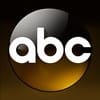 ABC
ABC
 DIRECTV
DIRECTV
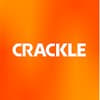 Crackle
Crackle
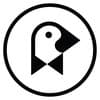 Fandor
Fandor
 Plex
Plex
